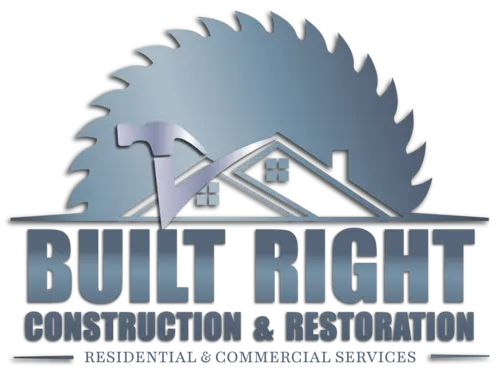Water damage can be nasty. It can lead to contaminants, bacteria, mold problems and structural issues. If your home’s safety and security are compromised, then you may need to find temporary housing.
Your insurance company may provide you with additional living expenses. Feel free to use that to get a hotel for the night. However, if your home is going to be unlivable for a long period of time, then your insurer may be responsible for paying for a comparable dwelling for the near future. Be aware that flood insurance policies do not include additional living expenses. If the only cause of damage is covered by your flood insurance policy then there likely will not be any coverage for additional living expenses. Although with a major storm such as a hurricane that causes wind damage and flooding, that wind damage may be covered under your homeowners, commercial property or business owners policy and include additional living expenses. Check your policy and check with your insurance company to determine if additional living expenses are provided.
Combine your photographs with a written inventory of lost or damaged property. This inventory should include:
- Description of the item
- Make and model number of the items
- Age of items
Replacement cost of the item (which is the price it would cost to replace the item today, not what you paid for the item 10 years ago), and the item’s real cash value (the value of the item at the time of the loss)
The more detailed you are with photographs and inventory, the better off you’ll be. When it comes time to dealing with the insurance company adjuster that comes to your home to inspect water damage, having all of your photos and evidence organized will be a huge help.






